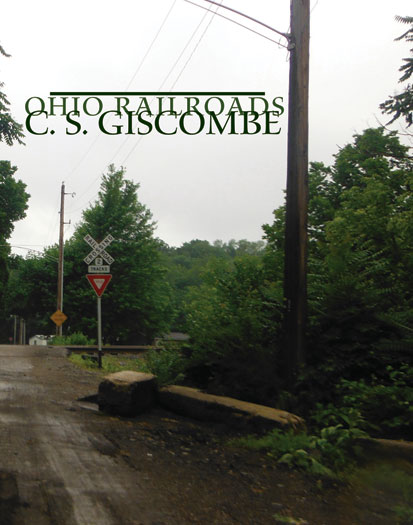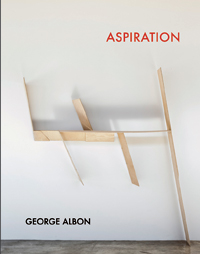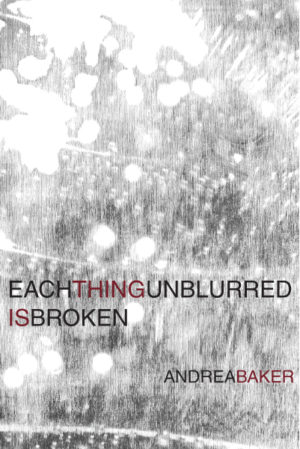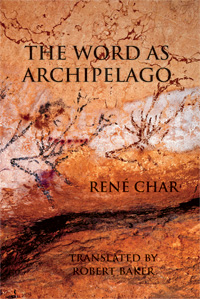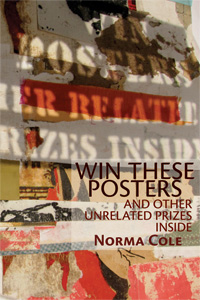Description
Ohio Railroads is a long poem—in essay form—with origins in the author’s memory of a dream in which one of his parents died and the other, in response, sent forward a warning in what may have been the persona of the departed one. Ohio Railroads is an attempt to explore the peculiar weight of the dream and, in so doing, account for some of the measurement of the accessible world. The place of exploration is the several neighborhoods that comprise black Dayton (neighborhoods cut into big triangles by the train lines); the place of exploration is also “big Ohio” itself (with its mythologies of settlement and retreat and migration, its heroes, and its weather systems).
In Ohio Railroads C.S. Giscombe cross-stitches personal trauma and memory with regional and national history. Here, the development of the railroad facilitates the movements of ethnic groups across and within towns and cities, in particular Giscombe’s hometown, Dayton, Ohio. At the center of this city planning primer and history of population migrations is the death of the author’s mother and the dreamscapes it inspires. Ohio Railroads is a moving, in every sense of the word, tribute to a city, a people and a person.
Tyrone Williams
About the Author
Reviews
Excerpt
C. S. Giscombe’s poetry books are Prairie Style, Giscome Road, Here, etc.; his book of linked essays (concerning Canada, race, and family) is Into and Out of Dislocation. His recognitions include the 2010 Stephen Henderson Award, an American Book Award (for Prairie Style) and the Carl Sandburg Prize (for Giscome Road). Ohio Railroads—a long poem in the form of an essay—will be published in 2014; Border Towns—a prose book having to do with poetry—will appear in 2015.
In counterpoint to its obsessions with movement, then, and what Giscombe refers to, across his work, as the “inbetween,” a stubborn engagement with specific localities anchors Ohio Railroads. Giscombe is at least as much a hedgehog as he is a tracking, trekking, trickster Mistah Fox, and railroad sense may well begin, he muses, with a train in the street like an elephant at large, charged “with the tang of slowness.”
The intergenre poetic text Ohio Railroads, by C.S. Giscombe, is a long poem in essay form split into two parts; first, a topographical “map” of the post-slavery North and second, a lyric poem. Both dreamscapes are interpersed by elements of memoir, rooted in the author’s memory of a dream in which one of his parents died and the other, in response, sent forward a warning in the persona of the departed one. The exact nature of this work brings to mind the genres in which memoir, specifically grief memoirs, backlight another, more historical or textual project. Blink and you’ll miss it; whistle while you work, categorize and “map,” while you mourn, and the dagger-cut and heart-rending loss, as specific as, say, place, the socio-emotional geography of the heart, will lessen, or fade away
Having dreamt years previously of seeing my mother’s death falling, indistinguishable from rain, on a railroad bridge at the eastern end of Dayton’s downtown business district, I went out purposely on the day after she did die—the 3rd of August 2008, her death having occurred on the 2nd—to see the bridge itself on East Third Street. It was standing as I recalled it in the dream but I’d seen and passed under the bridge many times in my own early life in Dayton—it was the furthest edge of downtown, the obvious boundary, or monument of boundary, between downtown and the tough white neighborhoods beyond downtown, east of it. She—my mother—had come to Dayton in 1949 with her new husband, when she was twenty-five, from St. Louis, where she had lived with her parents, where she’d taught in the public schools. She had a Master’s degree in Education from the University of Michigan; in Ann Arbor she had lived in a residence hall and some of the white women there, her fellow graduate students, asked her to help them in their petition to force the handful of black students to eat together consistently, to take each meal at the same cafeteria table, not realizing that she was black.
In Dayton, from the 1940s until the mid-1970s, black people lived west of the Great Miami River, the water that forms the western limit of downtown; in 2008, the term of description, the West Side, still meant black Dayton, though in fact black people in 2008 lived in all parts of Dayton except Oakwood. Third Street is the primary east-west street in Dayton: it traverses both the West Side and East Dayton and it provides the division, across the city, for the north-south running streets. That is, streets that cross Third Street are designated “North” north of the intersection and “South” to the south of their meeting with Third Street. Third Street crosses the river on a gently arched bridge and at the bridge’s western end are the blocks that form the principal business district of the West Side; at the eastern foot of the bridge lie the beginnings of downtown Dayton—the Safety Building (the multi-storey city police headquarters), the Y.W.C.A., the campus of Sinclair Community College. But downtown, even across the river, Third Street is West Third Street until its intersection, at the old Montgomery County Courthouse, with Main Street; it’s East Third Street after that. East Third Street at the railroad bridge, a mile and a half east of the bridge over the Great Miami, is still wide.
When I went out to look at the railroad bridge on the day following my mother’s death, East Third Street was a river of traffic and lanes of cars, trucks, and trolley buses flowed underneath and between the cement supports; the street was busy even though it was a Sunday. I’d taken pains, at the time I had dreamt of the bridge, to write down details of what I had seen and later I described the dream in a poem, noting that though the bridge I saw in the dream was over Third Street, the actual bridge snakes across all of downtown Dayton and has “high cement sides”; that is, the tracks that cross downtown are elevated, they cross downtown above street level and the elevation is itself skirted by a cement wall, twenty-five feet or so high, that runs from Wilkinson Street, in the west, to East Third Street. The downtown streets cross the tracks through gaps—underpasses—in this wall; it’s possible to consider each of these crossings to be a bridge (over this street, over that street) but it’s necessary as well to see the whole structure—the elevation across which the tracks are laid and the cement walls beneath that, at either side of it—as a single bridge across the whole of downtown. The span at East Third Street is only the final moment in that single bridge.

